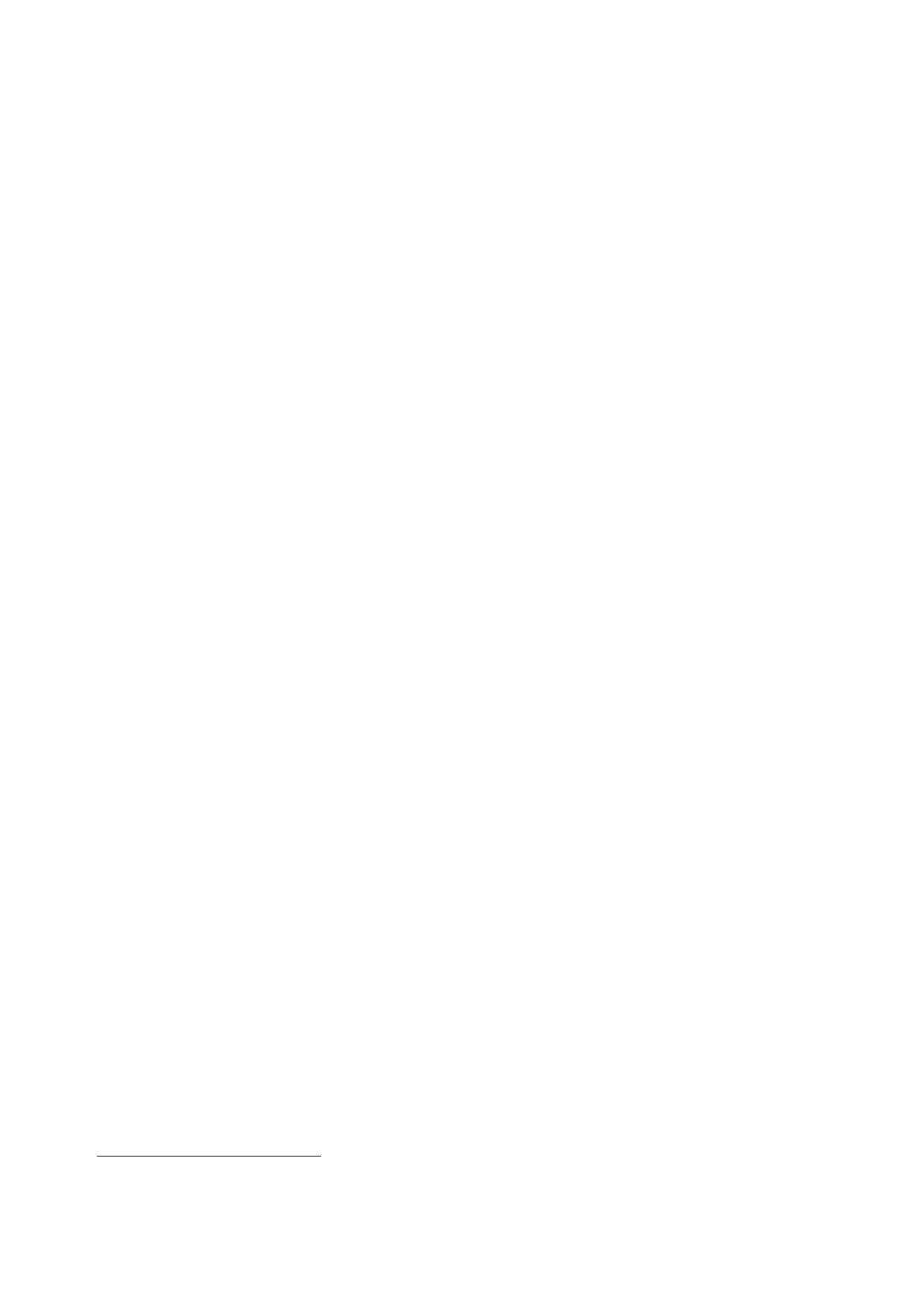
The Report
of the Iraq Inquiry
382.
President Bush
used a speech in Cincinnati on 7 October to set out in detail
the
case for
urgent action to disarm Iraq.135
383.
President Bush
described Iraq as “a grave threat to peace” and stated that the
US
was
determined “to lead the world in confronting that threat”. Members
of Congress and
the
Security Council agreed that Saddam Hussein was a threat and “must
disarm”; the
question
was how best that could be achieved.
384.
President Bush
stated that the US Administration had “discussed broadly
and fully”
the nature
of the threat and the urgency of action. The threat from Iraq stood
“alone”
because it
gathered “the most serious dangers of our age in one place”. Iraq
was
“unique”
because of its “past and present actions … its technological
capabilities …
the merciless
nature of its regime”.
385.
President Bush
set out the main components of that threat, including the
US
perception
of Iraq’s WMD programmes and intent and its ability to deliver such
weapons;
Saddam
Hussein’s potential links to international terrorism; and the need
for the US to
act to
protect itself. The points made included:
•
The
possibility of Iraq acquiring a nuclear weapon.
•
Concerns
that Iraq was “exploring ways of using UAVs [Unmanned
Aerial
Vehicles]
for missions targeting the United States”.
•
Iraq and Al
Qaida (AQ) had “high level contacts that go back a
decade”.
•
Some AQ
leaders who had fled Afghanistan were in Iraq, including “one
very
senior …
leader” who had “been associated with planning for chemical
and
biological
attacks”.
•
“[C]onfronting
the threat posed by Iraq” was “crucial to winning the war
against
terror”.
Saddam Hussein was “harboring terrorists and the instruments of
terror,
the
instruments of mass death and destruction”. He could not be trusted
and the
risk that
he would “use them, or provide them to a terror network” was
“simply
too
great”.
•
The enemies
of the US would be “eager to use biological or chemical, or
a
nuclear
weapon”, and it “must not ignore the threat”: “Facing clear
evidence
of peril,
we cannot wait for the final proof – the smoking gun – that could
come
in the
form of a mushroom cloud.”
386.
President Bush
stated that the danger, from Iraq, could not be
addressed
“by simply
resuming the old approach to inspections”. After eleven years of
trying
“containment,
sanctions, inspections, even selected military action”, Saddam
Hussein
still had
chemical and biological weapons and was “increasing his
capabilities to make
more”; and
he was “moving ever closer to developing a nuclear
weapon”.
135
The White
House, 7 October 2002, President
Bush Outlines Iraqi Threat.
266
